Stunning Companion Plants For Dianthus That Will Make Your Garden Pop
Stunning Companion Plants for Dianthus That Will Make Your Garden POP
Dianthus, also known as carnations or sweet William, are a genus of flowering plants that are native to Europe, Asia, and North Africa. They are known for their fragrant flowers that come in a variety of colors, including white, pink, red, purple, and yellow. Dianthus plants are relatively easy to care for and can be grown in a variety of climates.
One of the best ways to enhance the beauty of your dianthus plants is to plant them with companion plants. Companion planting is the practice of planting different types of plants together in order to create a more harmonious and productive garden. When choosing companion plants for dianthus, it is important to consider the plants' needs in terms of sun exposure, soil type, and water requirements.
Here are some stunning companion plants for dianthus that will make your garden POP:
- Lavender: Lavender is a classic companion plant for dianthus. The two plants complement each other's colors and scents, and they also have similar growing requirements. Lavender is a drought-tolerant plant that prefers full sun, while dianthus is also tolerant of drought but prefers partial shade.
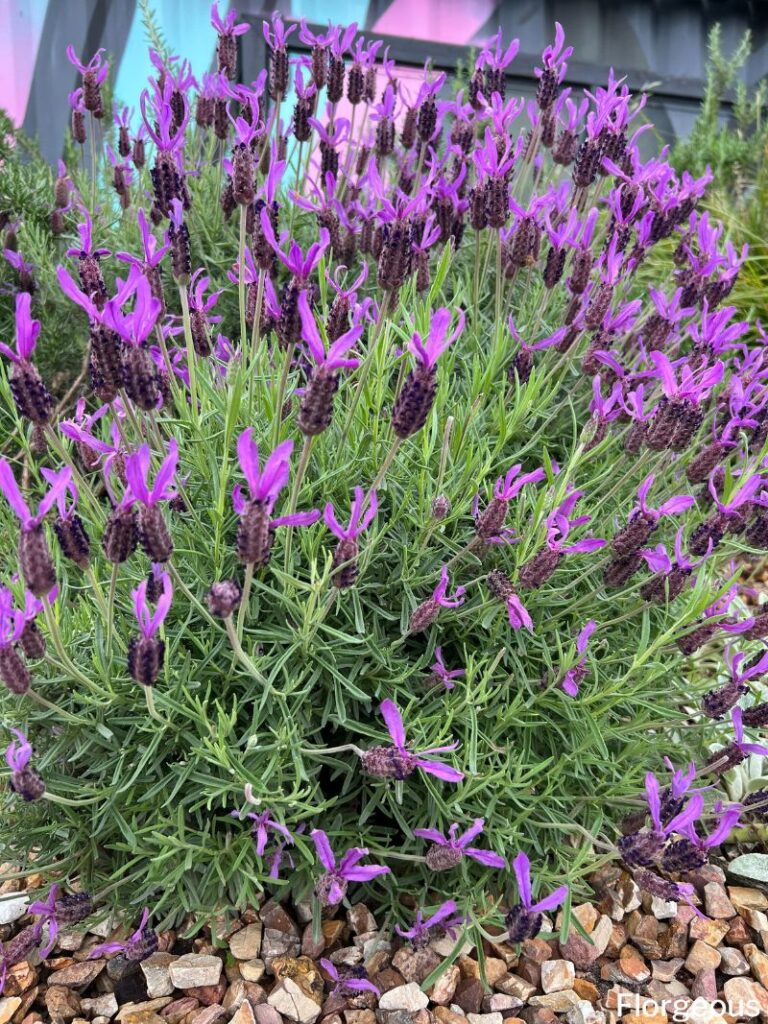
- Salvia: Salvia is another great companion plant for dianthus. Salvia comes in a variety of colors, so you can choose one that will complement the colors of your dianthus plants. Salvia also attracts pollinators, which will help to keep your dianthus plants healthy and productive.
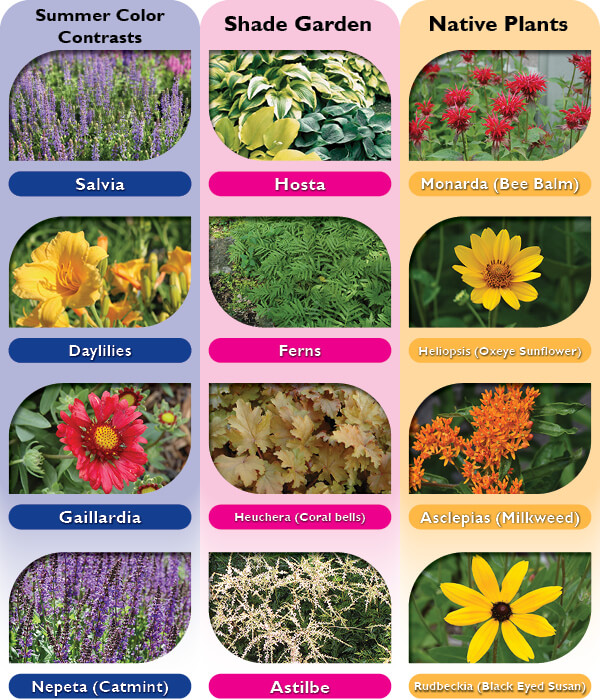
- Aster: Asters are a type of daisy that blooms in the fall. They come in a variety of colors, including white, pink, purple, and blue. Asters prefer full sun and well-drained soil. They make great companion plants for dianthus because they bloom at different times of the year, so your garden will be filled with color all season long.

- Yarrow: Yarrow is a hardy perennial that blooms in the summer. It comes in white, yellow, and pink varieties. Yarrow is drought-tolerant and prefers full sun. It makes a great companion plant for dianthus because it helps to deter pests and diseases.

- Catmint: Catmint is a low-growing perennial that blooms in the summer. It comes in blue, purple, and white varieties. Catmint is drought-tolerant and prefers full sun. It makes a great companion plant for dianthus because it attracts pollinators and deters pests.

- Sweet Alyssum: Sweet alyssum is a low-growing annual that blooms in the spring and summer. It comes in white, pink, purple, and yellow varieties. Sweet alyssum is a good choice for filling in the gaps between dianthus plants. It is also drought-tolerant and prefers full sun.
- Pansies: Pansies are a type of viola that blooms in the spring and fall. They come in a variety of colors, including white, pink, purple, and yellow. Pansies prefer full sun to partial shade and moist, well-drained soil. They make great companion plants for dianthus because they bloom at different times of the year, so your garden will be filled with color all season long.

- Snapdragons: Snapdragons are a type of annual that blooms in the summer. They come in a variety of colors, including white, pink, purple, and yellow. Snapdragons prefer full sun and well-drained soil. They make great companion plants for dianthus because they have similar growing requirements and they bloom at the same time.

These are just a few of the many stunning companion plants that you can pair with dianthus. When choosing companion plants, it is important to experiment and see what works best in your garden. With a little trial and error, you can create a beautiful and harmonious garden that is filled with color and life.
Dianthus, also known as pinks, are beautiful flowering plants that can add a touch of color to any garden. But did you know that there are certain plants that can complement dianthus and help them thrive?
Here are a few of the best dianthus companion plants:
- Geraniums: These colorful flowers have similar growing requirements to dianthus and can help to deter pests. Gardenia Inspiration
- Lavender: The delicate fragrance of lavender can help to mask the scent of dianthus pests, and the two plants also look great together. Gardenia Inspiration
- Asters: These tall, summer-blooming flowers provide a nice contrast to the shorter, mound-forming dianthus. Gardenia Inspiration
- Roses: Dianthus can be planted underneath roses to help suppress weeds and add a splash of color to the base of the roses. Gardenia Inspiration
- Pansies: These cheerful annuals can be planted alongside dianthus in spring or fall for a long season of color. Gardenia Inspiration
For more information about dianthus companion plants, please visit Gardenia Inspiration. This website has a wealth of information on dianthus care and cultivation, including a list of recommended companion plants.
FAQ of dianthus companion plants
1. What are some good companion plants for dianthus?
Dianthus, also known as carnations or pinks, are a genus of fragrant flowers that come in a variety of colors and sizes. They are relatively easy to care for and can be grown in a variety of conditions. However, there are some plants that make good companion plants for dianthus, as they can help to attract pollinators, deter pests, or improve the overall health of the dianthus plants.
Some good companion plants for dianthus include:
- Lavender: Lavender is a fragrant herb that can help to deter pests from dianthus plants. It also blooms at the same time as dianthus, so they can be planted together to create a beautiful and fragrant display.
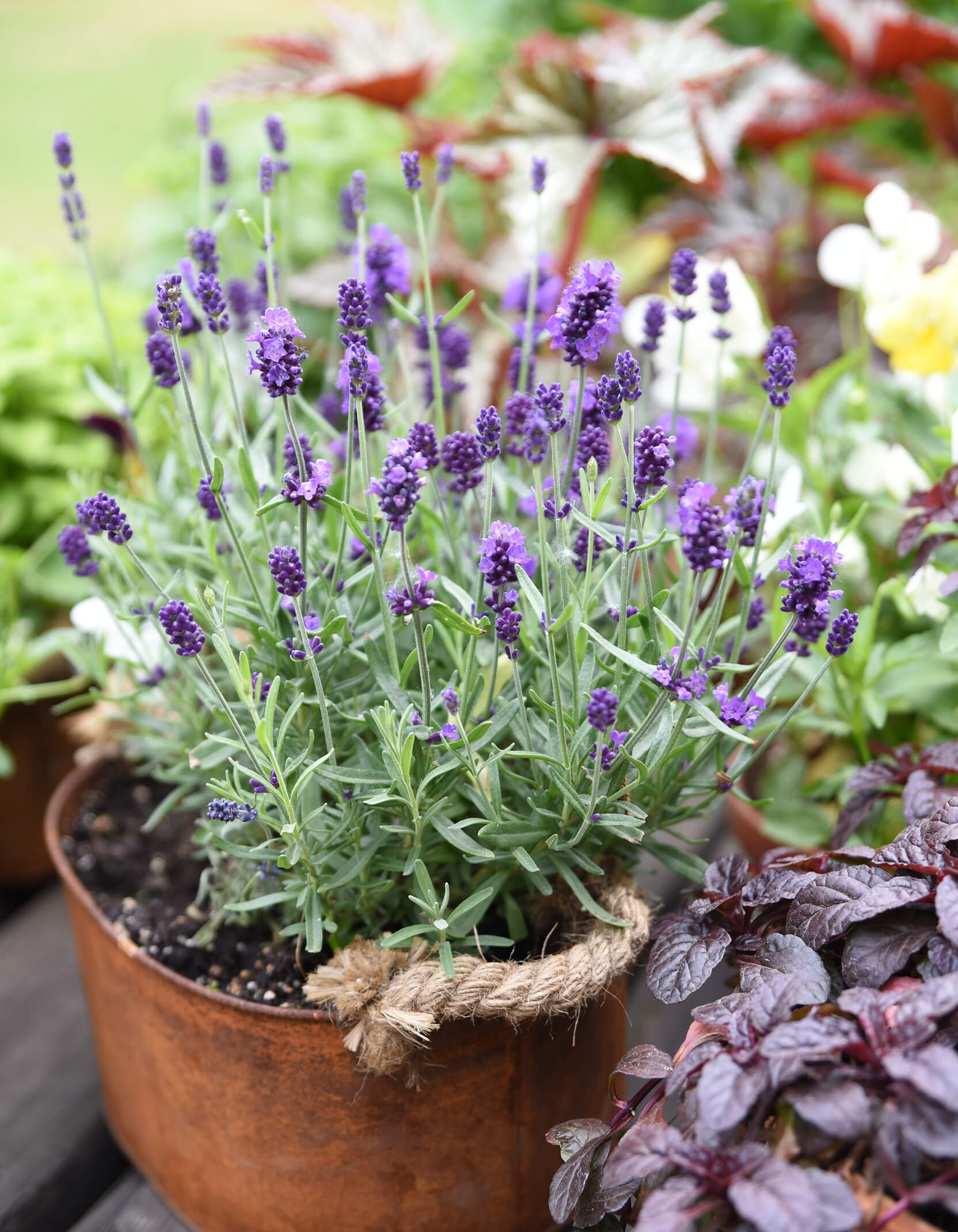
- Sweet alyssum: Sweet alyssum is a low-growing groundcover plant that can help to suppress weeds and improve the drainage around dianthus plants. It also blooms for a long period of time, so it can help to fill in the gaps between dianthus plants.
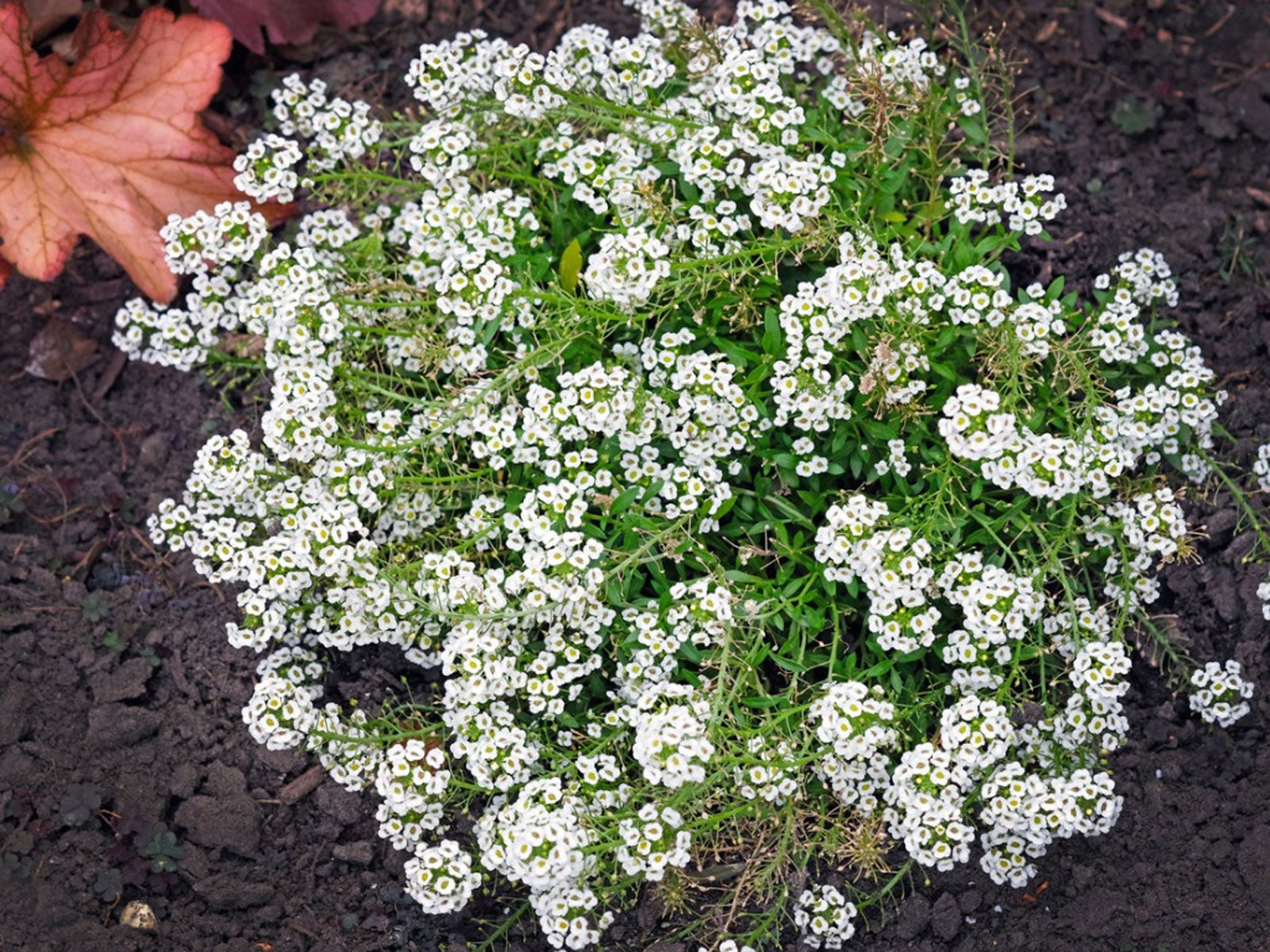
- Coneflower: Coneflowers are tall, daisy-like flowers that attract pollinators, such as bees and butterflies. They can help to improve the pollination of dianthus plants, which can lead to more flowers and seeds.
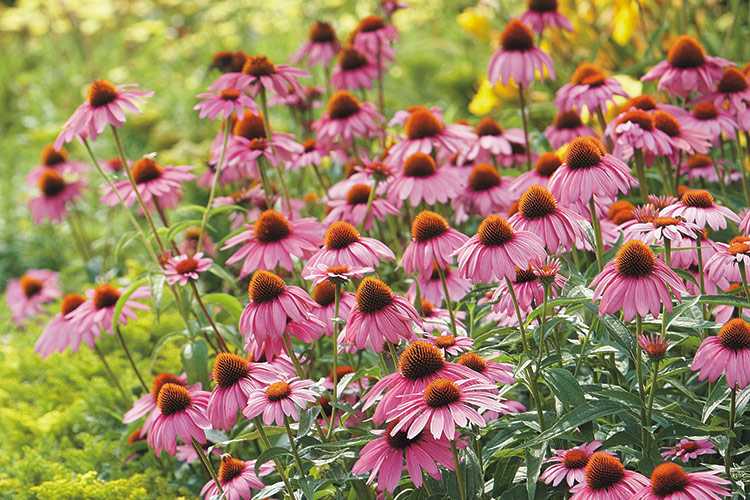
- Yarrow: Yarrow is a hardy perennial that can help to repel pests, such as aphids and beetles. It also blooms for a long period of time, so it can help to fill in the gaps between dianthus plants.

- Petunias: Petunias are colorful flowers that can help to add contrast to dianthus plants. They also bloom for a long period of time, so they can help to fill in the gaps between dianthus plants.
2. What are the benefits of planting dianthus with companion plants?
There are several benefits to planting dianthus with companion plants. Some of the benefits include:
- Attract pollinators: Companion plants can help to attract pollinators, such as bees and butterflies. These pollinators are important for the pollination of dianthus plants, which can lead to more flowers and seeds.
- Deter pests: Companion plants can help to deter pests, such as aphids and beetles. This can help to protect dianthus plants from damage and disease.
- Improve drainage: Companion plants can help to improve the drainage around dianthus plants. This is important because dianthus plants do not like to sit in wet soil.
- Fill in gaps: Companion plants can help to fill in gaps between dianthus plants. This can create a more visually appealing display and can also help to suppress weeds.
- Improve the overall health of dianthus plants: Companion plants can help to improve the overall health of dianthus plants by providing them with nutrients and support.
3. How far apart should dianthus plants be planted?
The spacing of dianthus plants will depend on the variety of dianthus and the desired effect. However, as a general rule, dianthus plants should be spaced 12-18 inches apart. This will give them enough room to grow and spread without crowding each other.
4. What is the best time of year to plant dianthus?
Dianthus plants can be planted in the spring or fall. However, they are best planted in the spring, as this will give them time to establish themselves before the hot summer weather arrives.
5. How do you care for dianthus plants?
Dianthus plants are relatively easy to care for. They need full sun and well-drained soil. They should be watered regularly, especially during hot weather. Dianthus plants also benefit from being fertilized once a month during the growing season.
Image of dianthus companion plants
- Geraniums are a good companion plant for dianthus because they have similar growing conditions and bloom at the same time. They also add a splash of color to the garden, and their leaves help to suppress weeds.

- Petunias are another good choice for a dianthus companion plant. They come in a variety of colors and are easy to care for. Petunias also attract butterflies and other pollinators.
- Pansies are a cool-season annual that blooms in early spring and fall. They are a good companion plant for dianthus because they have similar water and sun requirements. Pansies also add a touch of elegance to the garden.

- Verbena is a heat-loving annual that blooms from summer to fall. It is a good companion plant for dianthus because it attracts butterflies and other pollinators. Verbena also comes in a variety of colors, so you can choose one that complements your dianthus.

- Snapdragons are a tall annual that blooms in summer. They are a good companion plant for dianthus because they have similar water and sun requirements. Snapdragons also come in a variety of colors, so you can choose one that complements your dianthus.

Post a Comment for " Stunning Companion Plants For Dianthus That Will Make Your Garden Pop"